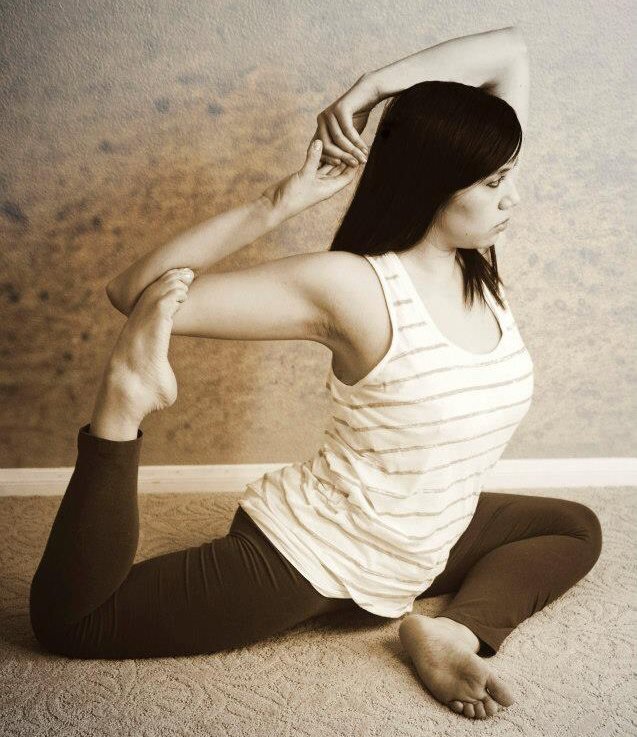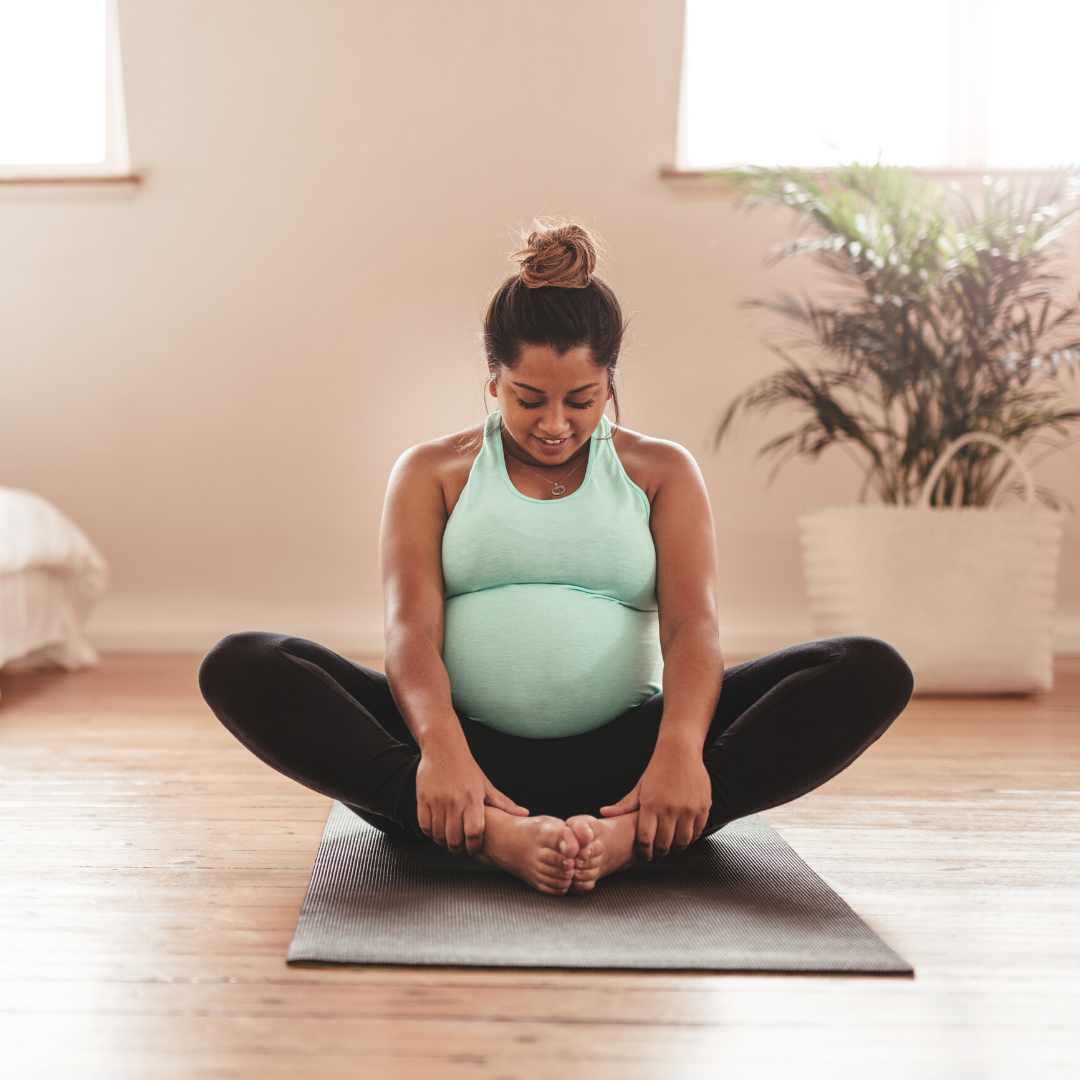
BLOG
Inspiration for your movement and parenting journey.

Yoga for Pelvic Health: Managing Stress Incontinence
Dealing with stress incontinence can be challenging, affecting both men and women. In this blog post, we'll explore what stress incontinence is, its causes and contributing factors, and most importantly, how yoga and movement can be a valuable tool in managing pelvic health.

The Story of My Pelvis
The story of our pelvis is a combination of what we learn from our families, friends and media, the actions of others, and our physical health. Messages about our menstural cycle and sexuality are especially important. Sexual assult is so common in American society, I can't help but wonder the cumulative effects. Naturally if part of the body has been injured or hurt, there is a natural guarding. After years of guarding, the muscles shorten and become tense. Our pelvic floor muscles work in tandem with other muscles groups. Tightness in one area can affect the entire system.

Yoga for Pelvic Girdle Pain
Pelvic girdle pain (PGP) is one of the most common complaints I hear from my prenatal students. PGP varies in severity and areas of pain. PGP maybe a persistent on-going pain or triggered by certain movements, or a combination of both.
